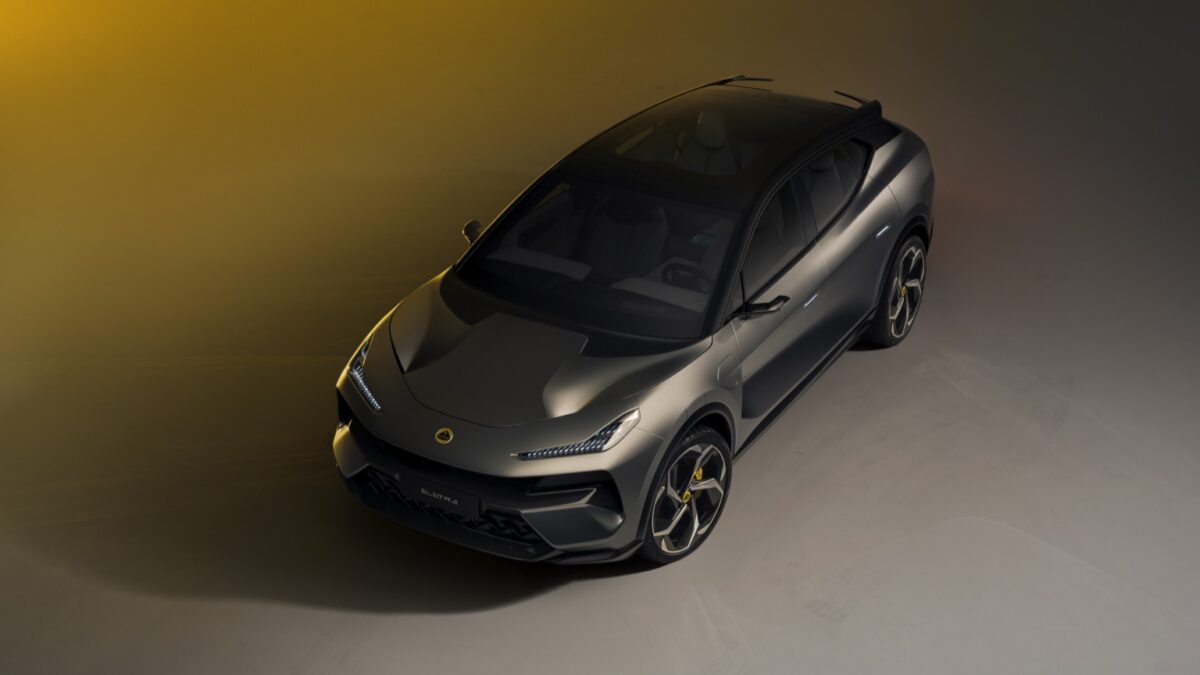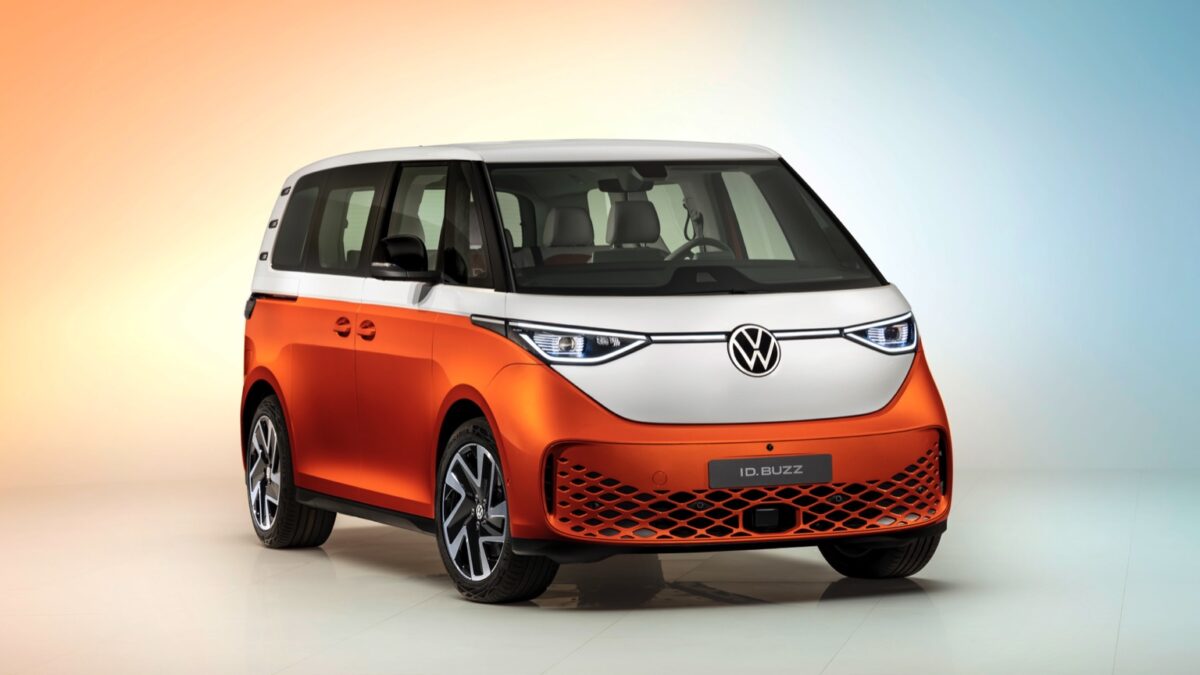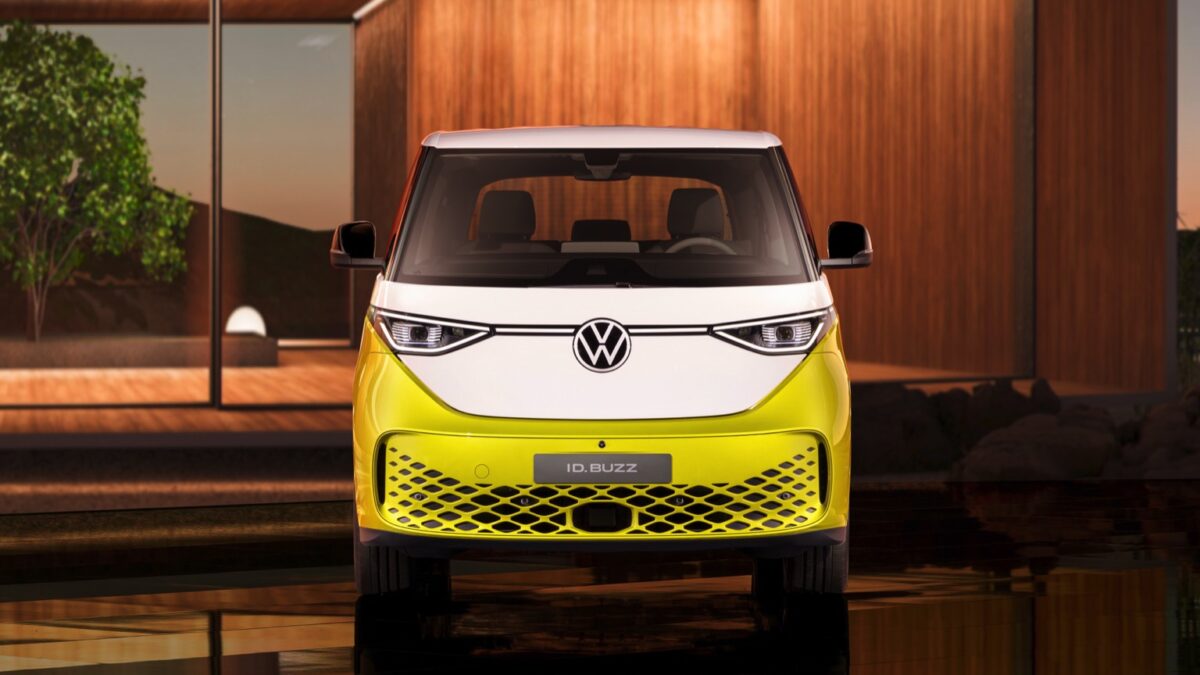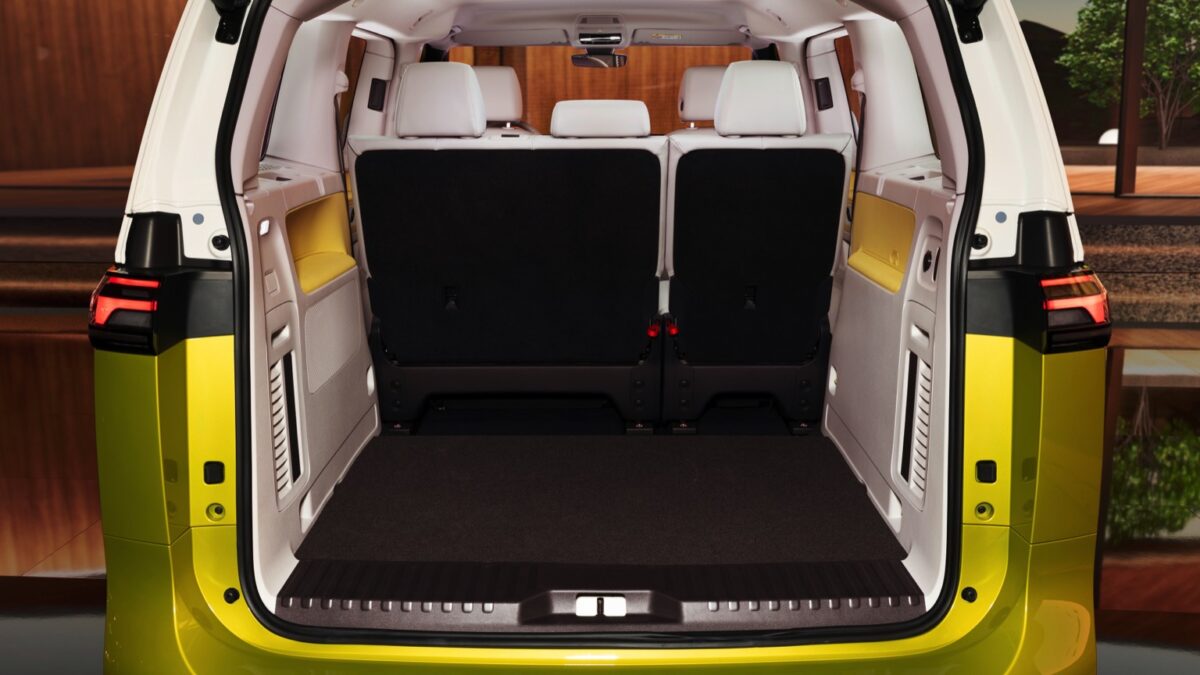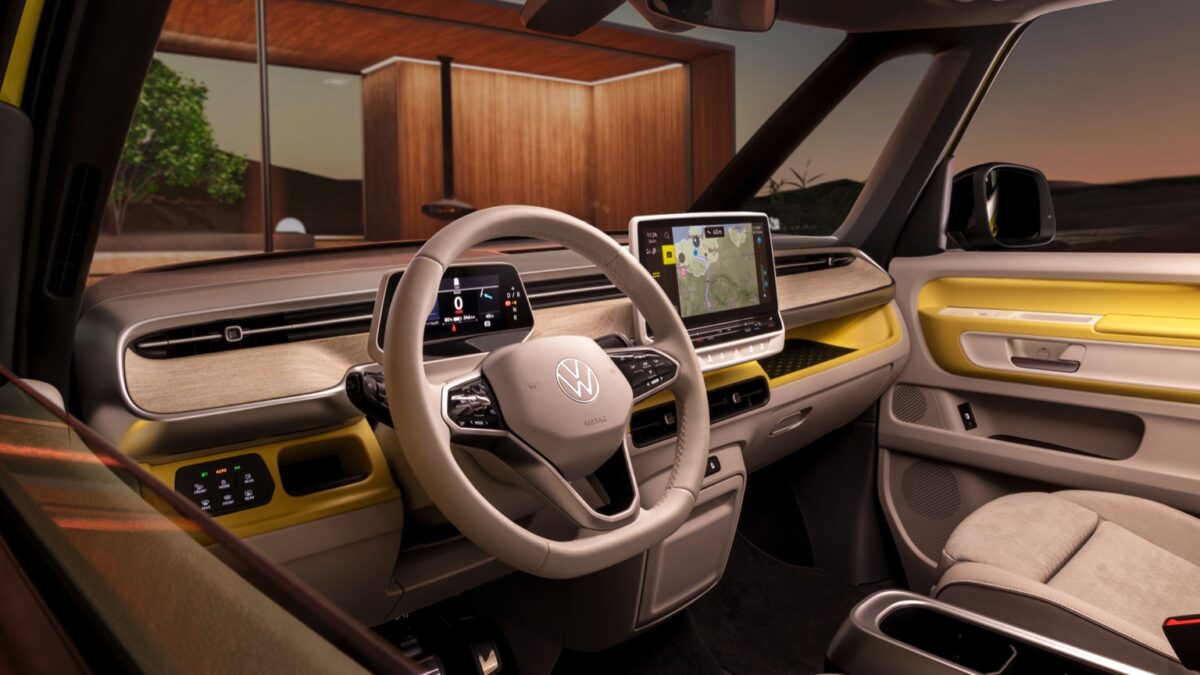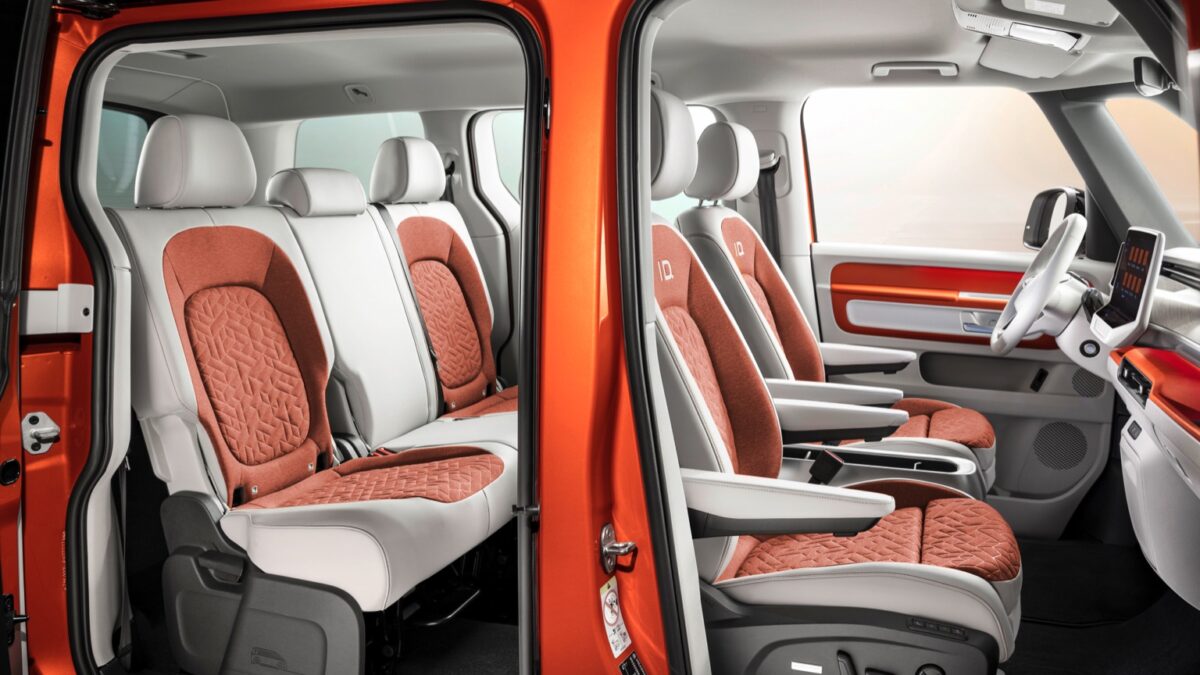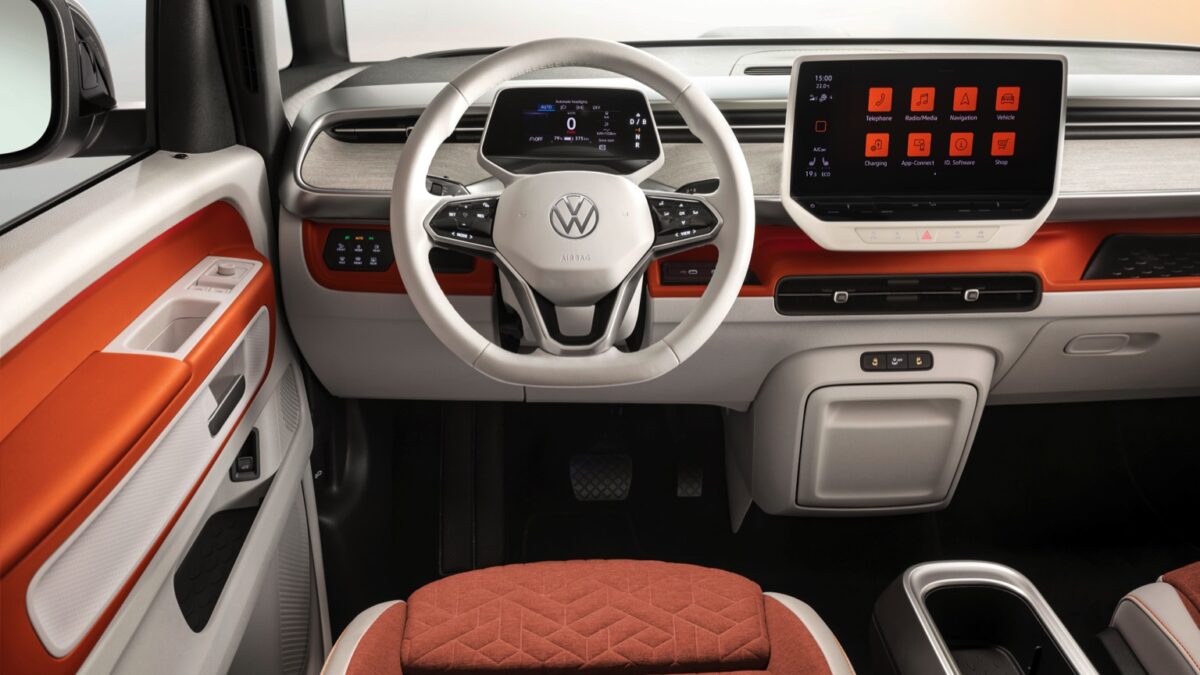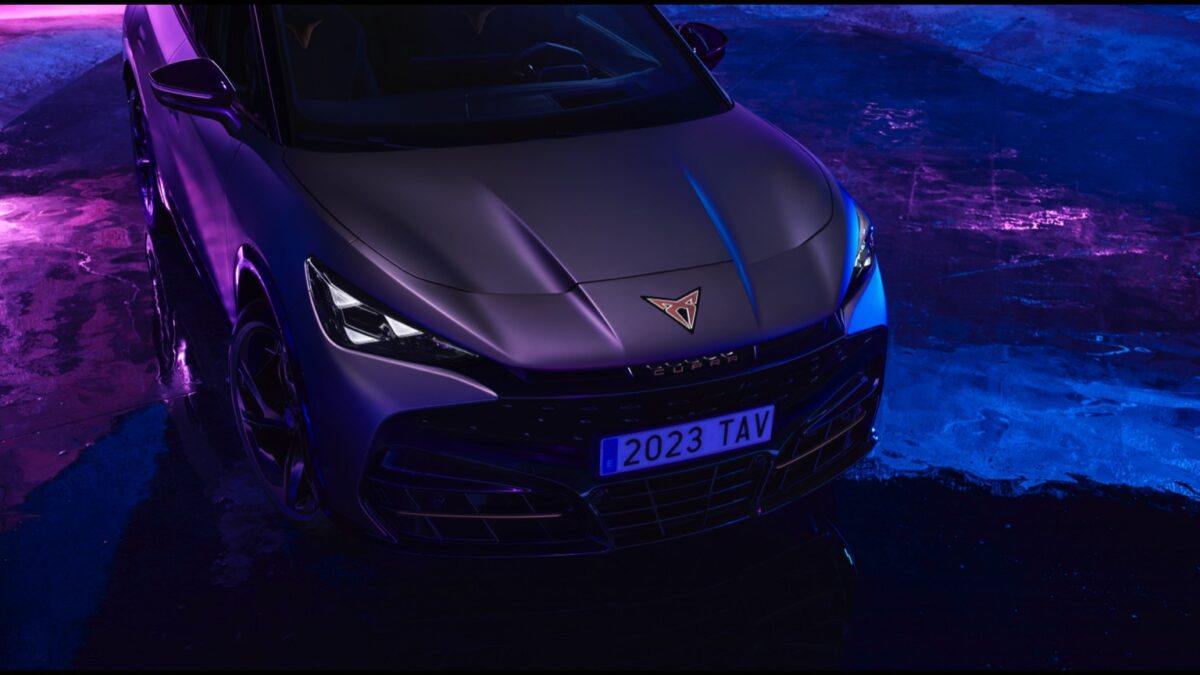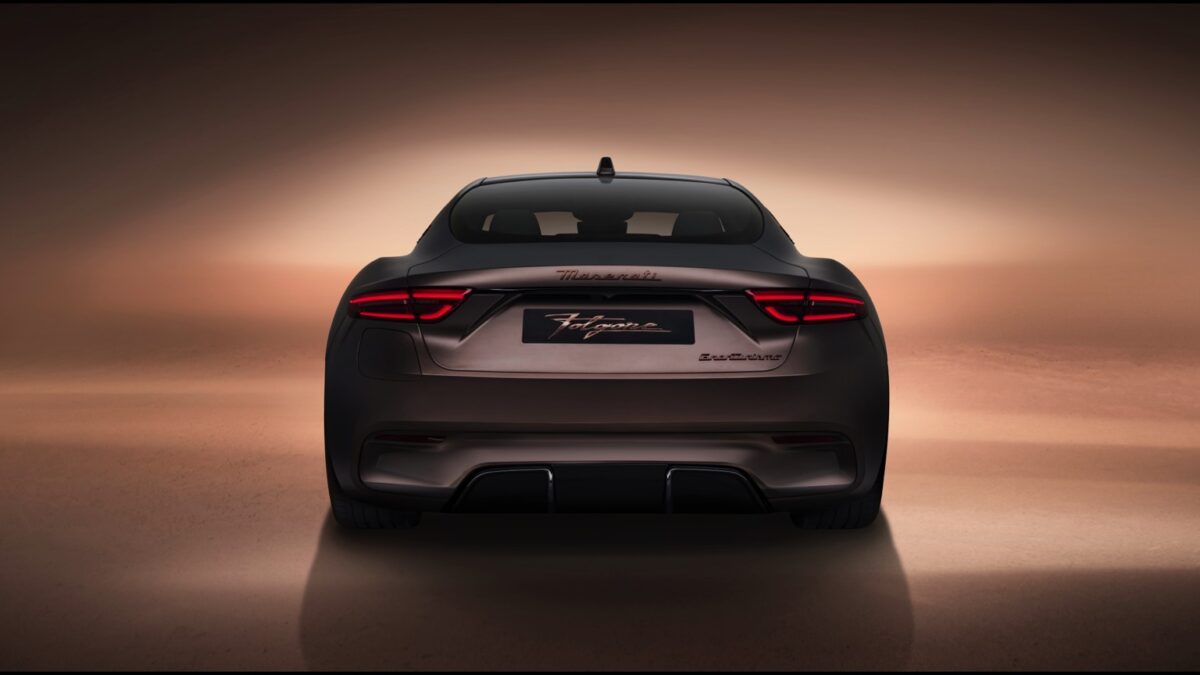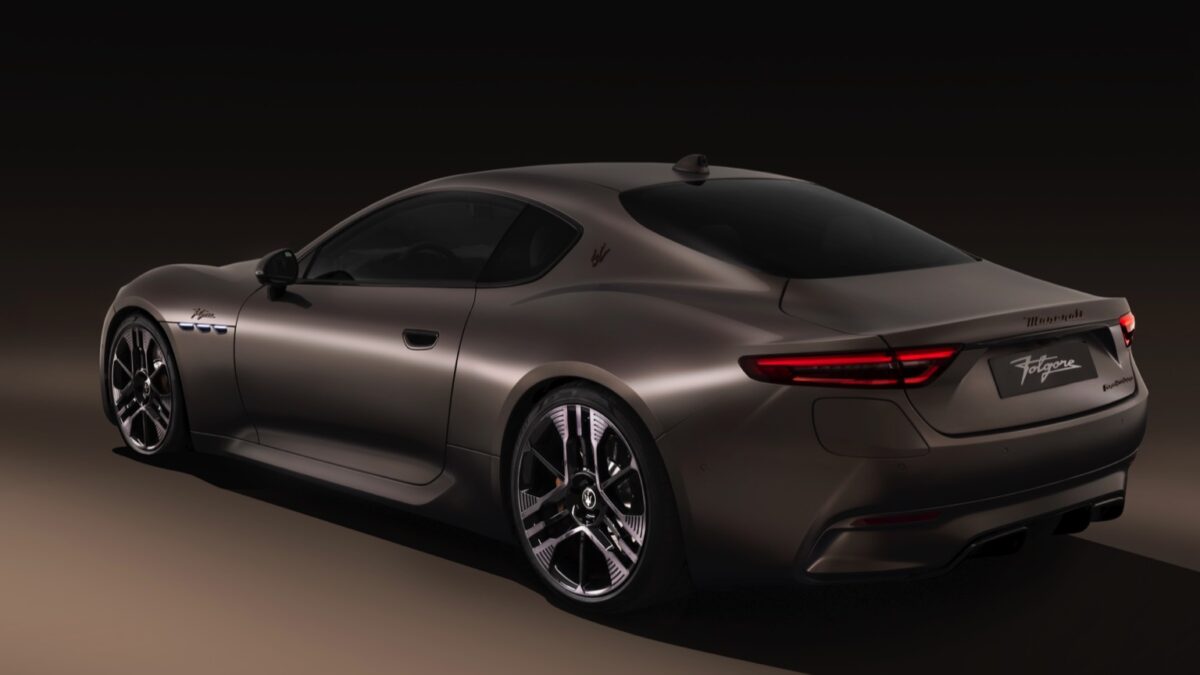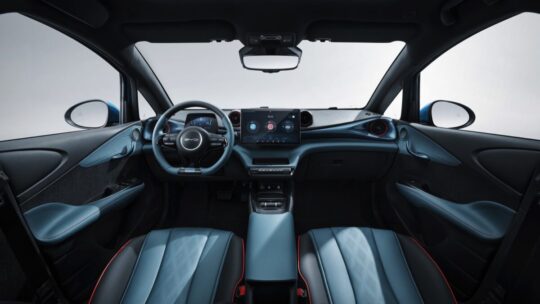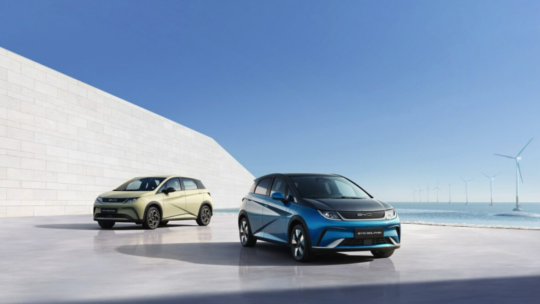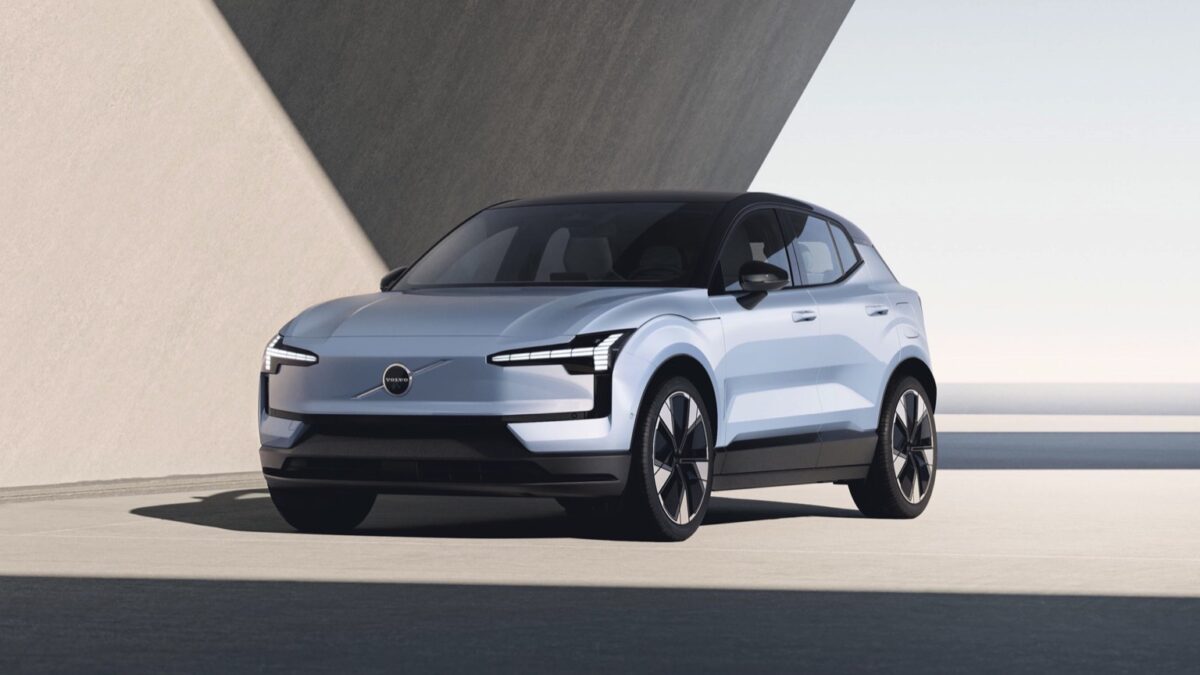At the time of writing, the Lotus Eletre R is the highest rated SUV on the site and comes 2nd out of every EV overall. Achieving a lofty score of 86, it beats the Tesla X Plaid by 2 whole points. The main reason for this is that the Eletre R has a quicker charge time than the Tesla equivalent, even if the Tesla has very slightly better performance and power, the range is exactly the same. The Eletre R also clocks in at around £8,000 cheaper. In short, If you were thinking of buying a Tesla X Plaid, you might aswell save yourself a bit of money and get yourself a Lotus, as it is very similar in specs, yet has far better interior, charge time and comes from a prestigious sports car brand.
Lotus has successfully transplanted its traditional driving experience into the Eletre, a 2.4-ton, high-riding SUV. The steering is precise and well-weighted, and the throttle response is just as eager as it is in the brand’s sports cars.
The Eletre R is the first all-new production model from Lotus under Geely ownership. It is a five-seater, all-electric SUV that ushers in a new generation of battery-powered Lotuses. The Eletre R is a big, brash, and technologically advanced vehicle, a far cry from the stripped-down two-seaters that made Lotus famous. However, times have changed, and the success of cars like the Porsche Cayenne and Lamborghini Urus shows that there is a big market for big, luxurious SUVs.
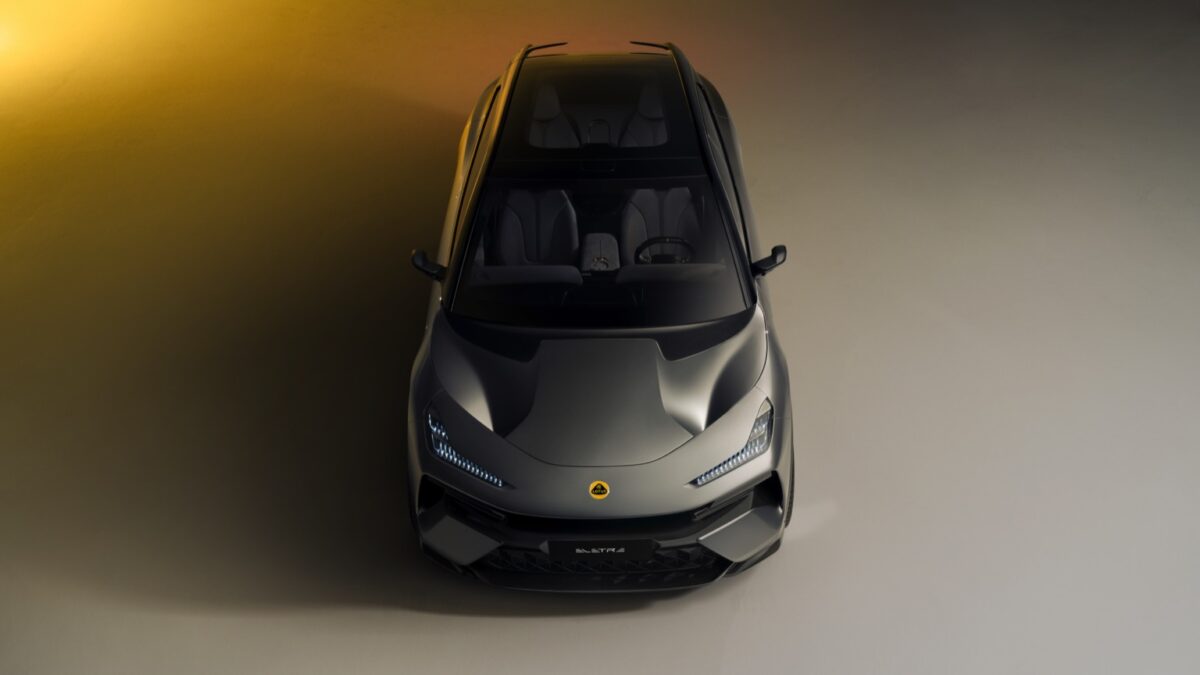
Exterior Design
Lotus describes the Eletre as a “Hyper-SUV”, and it is an impressively large five-seater. It’s a majestic beast of a car that photographs very well. The brand describes the design as “porous”, which means the wings have large voids that allow air to flow over hot bits (like the brakes) without the need to add draggy air ducts. It’s still a vast thing at 5.1 meters long, 2.2 meters wide, and just over 1.6 meters high, but the designers have done a decent job in hiding its bulk. The rear end is probably the most successful in terms of design, thanks to a striking light bar that spans the width of the tailgate and highlights the rear air slats on either side.
The Eletre is a fine example of how technology and good old-fashioned “seat of the pants” engineering can deliver a great driving experience.
Performance & Handling
Lotus has successfully transplanted its traditional driving experience into the Eletre, a 2.4-ton, high-riding SUV. The steering is precise and well-weighted, and the throttle response is just as eager as it is in the brand’s sports cars.
The Eletre is a fine example of how technology and good old-fashioned “seat of the pants” engineering can deliver a great driving experience. Our test model, the S, was equipped with an active anti-roll rear suspension and four-wheel steering, two advanced features that help to mask the Eletre’s weight and bulk. These features are not noticeable in operation, but their contribution to the overall driving experience is remarkable. The Eletre changes directions with ease, and it can be threaded through a series of bends without the tire scrub and understeer that affect most other large electric SUVs.

The standard air suspension has been perfectly tuned and works in harmony with the other systems to deliver a comfortable ride. Our only minor complaint is that the low-speed ride can be somewhat harsh over speed bumps.
Drivers can choose between five driving modes: Range, Tour, Sport, Off-road, and Individual. Range mode dulls the throttle to reduce power draw from the battery, while Track mode (available on the R model only) unleashes full power to both motors. I found that Tour and Sport modes offered the best balance of performance and comfort, while Range mode was acceptable if you were looking to extend the car’s range.
Given that only 25 centimetres of pedal travel separates your right foot from 905 horsepower, the Eletre can be as docile as you want it to be. It is just as happy pottering around town as it is tackling corners on a racetrack.
Both the entry-level and S model produce 603 horsepower, while the R model has a combined output of 905 horsepower. The two lesser-powered models can accelerate from 0 to 62 mph in 4.5 seconds, while the R model can do it in just 2.9 seconds. Remarkably, the Eletre does not feel like an accident waiting to happen. The throttle modulation is sophisticated and perfectly judged. Given that only 25 centimetres of pedal travel separates your right foot from 905 horsepower, the Eletre can be as docile as you want it to be. It is just as happy puttering around town as it is tackling corners on a racetrack. Sure, there is an abundance of power when you really need it, but you never feel like you are about to step on a land mine when you hit the throttle.
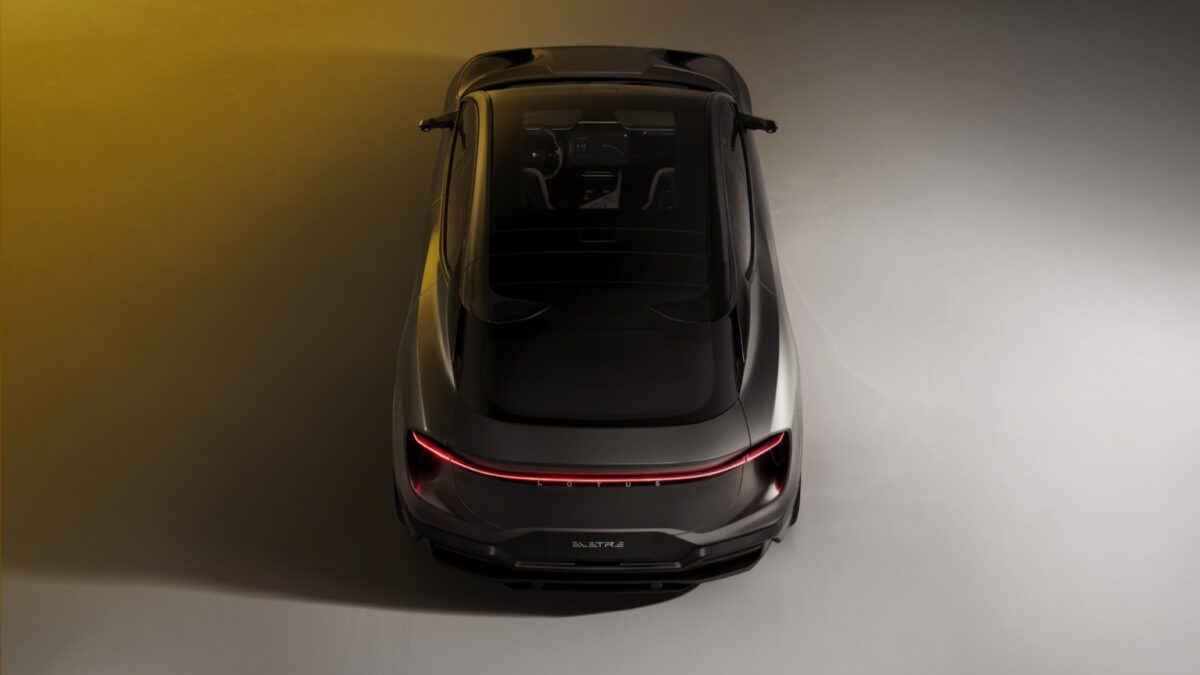
The braking system on the Eletre is more than up to the task. All three models come with standard steel discs, but R buyers can opt for a ceramic disc setup (with 10-piston callipers) as an option. The standard brakes proved fade-free during our (admittedly rather tame) driving session, and they also offered excellent feel and feedback. They are powerful without being grabby, and they never feel overworked or underpowered. The brakes are perfectly judged, just like the throttle and steering.
Range, Battery & Charging
All three Eletre models come with a standard 112-kWh battery pack. Like the Porsche Taycan, the Eletre has an 800-volt electrical system that allows it to rapid charge at speeds of up to 350 kW. Lotus claims that the battery pack can accept even faster charging speeds, and offers Chinese market models with a peak charging speed of 420 kW. However, the European CCS connector specification limits the maximum charging speed for EU-spec cars to 350 kW.
Lotus claims that an Eletre hooked up to a 350 kW charger can go from 10% to 80% charged in about 20 minutes. In peak conditions, the average charging speed is 210 kW. All three models come with a standard 22 kW onboard AC charger, which can fully charge the battery in about 6 hours when connected to a three-phase outlet.
Lotus claims that an Eletre hooked up to a 350 kW charger can go from 10% to 80% charged in about 20 minutes. In peak conditions, the average charging speed is 210 kW. All three models come with a standard 22 kW onboard AC charger, which can fully charge the battery in about 6 hours when connected to a three-phase outlet.
The Eletre and S models have a WLTP range of 373 miles, while the more powerful R has a range of up to 304 miles. However, these figures were achieved on 20-inch wheels, which are not standard on any models. Customers who want to get closer to the WLTP range can order 20-inch wheels as a no-cost option.
Interior & Comfort
The Eletre’s interior is a major departure from the spartan cabins of older Lotuses. It’s spacious and comfortable, with a decent sound system and a rattle-free interior. The materials and build quality are also a major step up, with customers able to choose from six different interior configurations featuring high-end materials like Alcantara and leather. Colours range from the timeless black and grey to the eye-catching fuchsia pink.
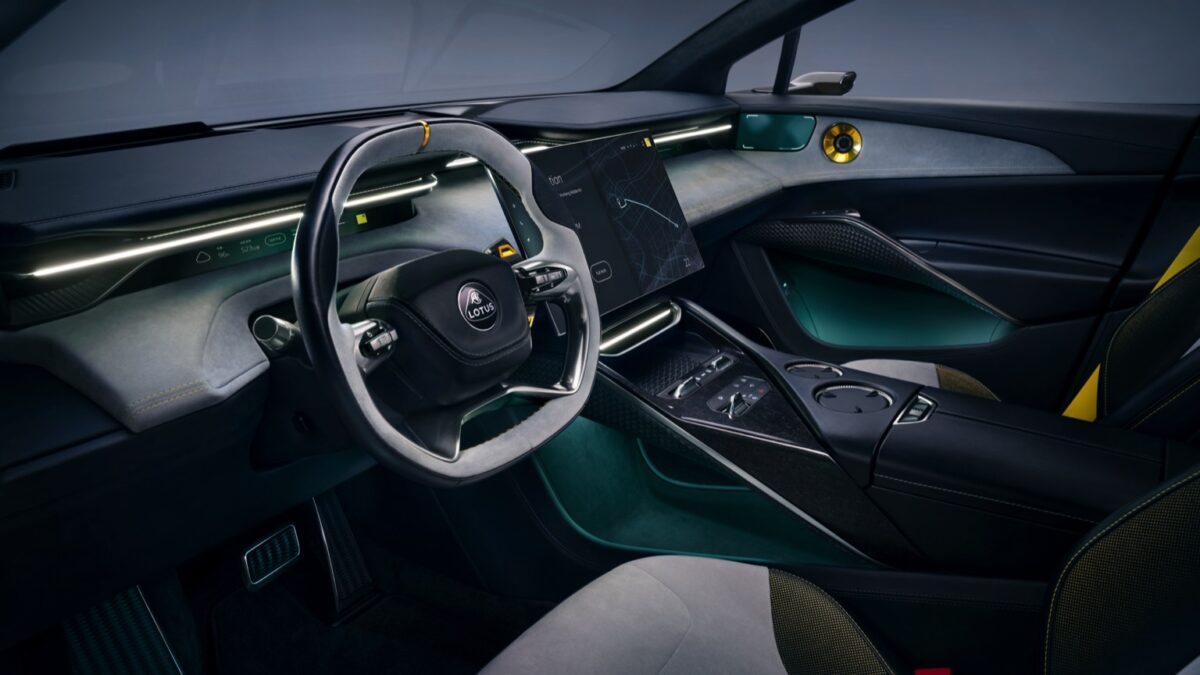
The seats strike the perfect balance between sportiness and comfort, offering just enough lateral support to hold you in through corners. Selecting Sport mode actuates two additional side bolsters that tighten the grip on your torso, which is a clever touch. The driving position is good thanks to a power-adjustable steering column and a vast range of adjustment on the seats. However, taller drivers may find that they wish the steering column could extend a little further to move the steering wheel further away from their knees.
A high-set centre console houses a couple of cup holders that are hidden until you press down on their tops. A phone charging pad sits just below the central air vent. The doors feature deep storage pockets, reinforcing the impression that the Eletre was designed to be a practical daily driver rather than a weekend toy.
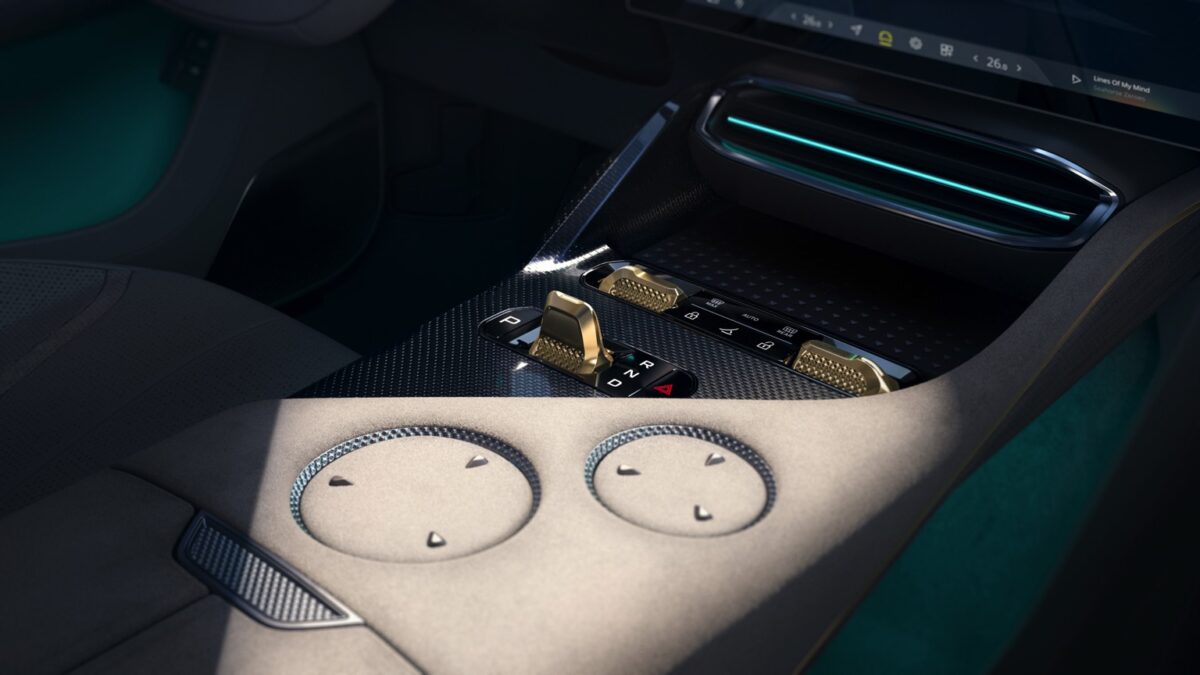
In the rear, customers can choose between a three-seat bench or a four-seat layout with two individual sports seats. Thanks to the Eletre’s long wheelbase and flat floor, the rear of the car is remarkably spacious. Our car came with the four-seat layout, which offers a genuine first-class passenger experience. The seats are just as adjustable as those in the front and offer exceptional support. The centre console houses even more storage, along with a pop-up infotainment display that allows passengers to adjust their seating position, move the front passenger seat forward, and control the climate and audio functions.
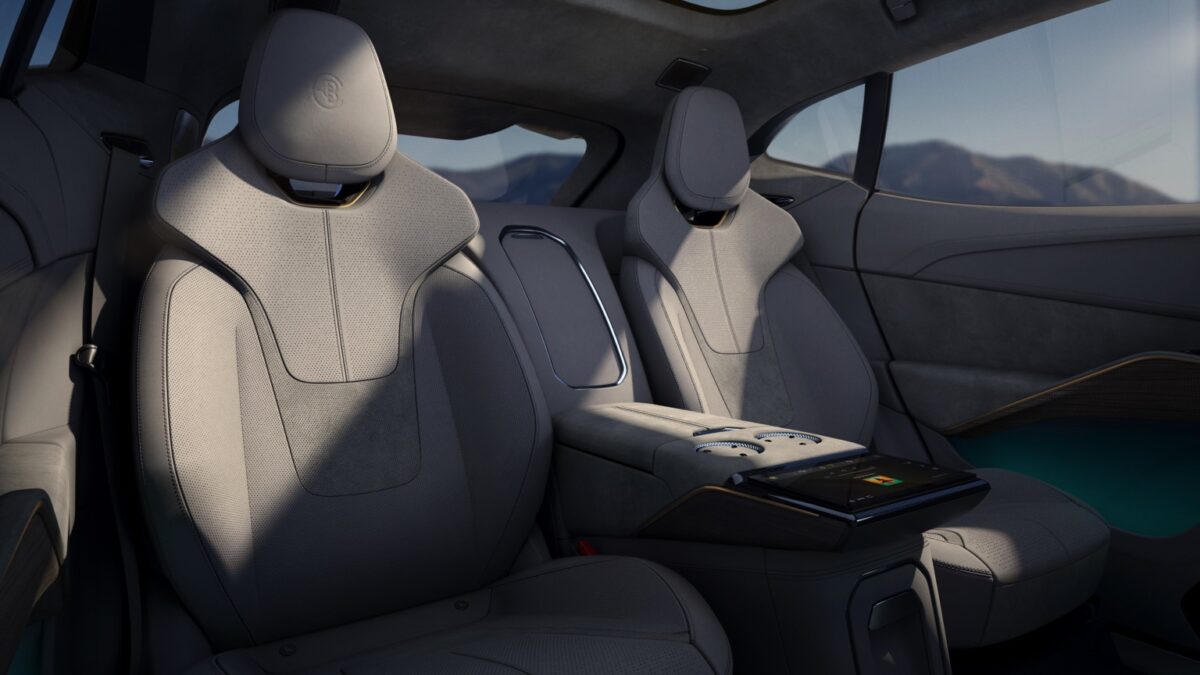
Powered by new NVIDIA processors that Lotus claims are at least twice as fast as its competitors, it has been designed to deliver a seamless and future-proof experience for drivers.
Gadgets & Infotainment
Given that Geely already has a perfectly fine and usable operating and infotainment system in its inventory, it is surprising that the Eletre has its own bespoke system developed in-house. Dubbed Hyper OS, it is part of a wider computing system that will eventually run the car’s LIDAR-based self-driving systems. Powered by new NVIDIA processors that Lotus claims are at least twice as fast as its competitors, it has been designed to deliver a seamless and future-proof experience for drivers.
In use, the system works well. Some of the animations add complexity where it is not needed, but overall the user experience is good. It switches between screens without delay and the layout is logical enough for most owners to get familiar with it after a few drives.
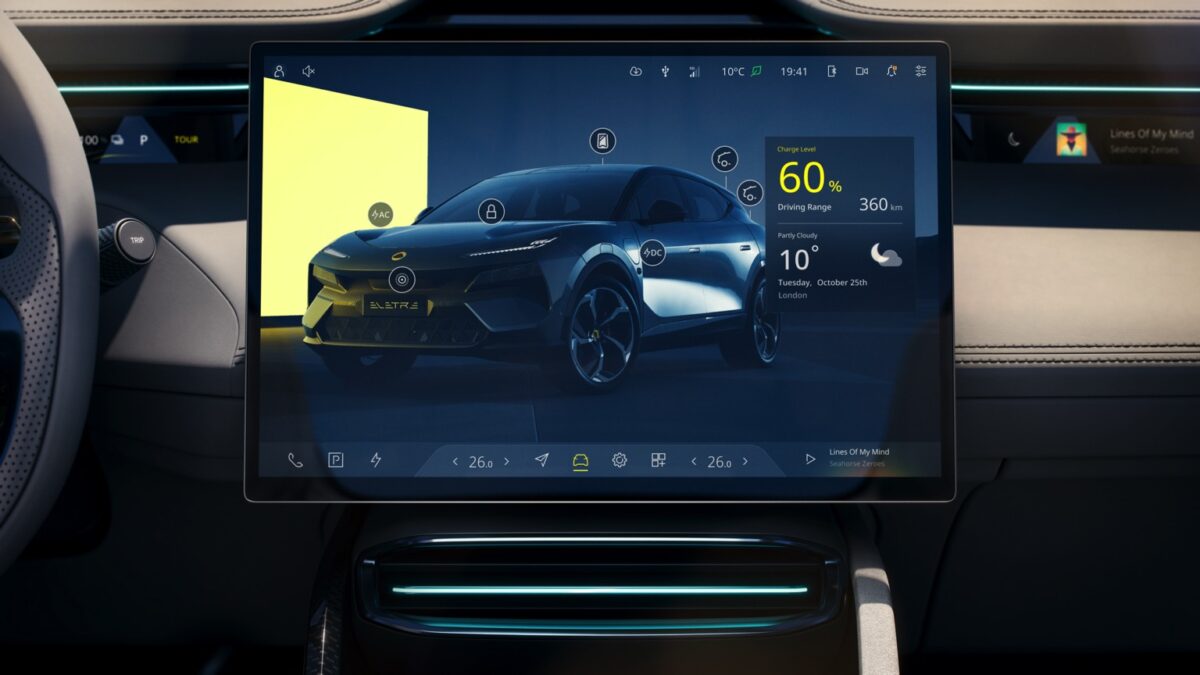
Lotus is particularly proud of the sound system offered in the Eletre. It persuaded KEF to develop its first automotive system, and based on a quick demonstration at the launch venue, audiophiles will not be disappointed. The entry-level model gets a 1,400-watt system, while the S and R gain a more powerful 2,200-watt setup. Both are compatible with Dolby Atmos for true surround sound. To take advantage of this, users need to use the Tidal streaming service, although Dolby bosses are confident that Spotify will add the technology to its service in the near future. At launch, the system will not feature Apple CarPlay or Android Auto connections, but bosses say that this will be introduced later this year.
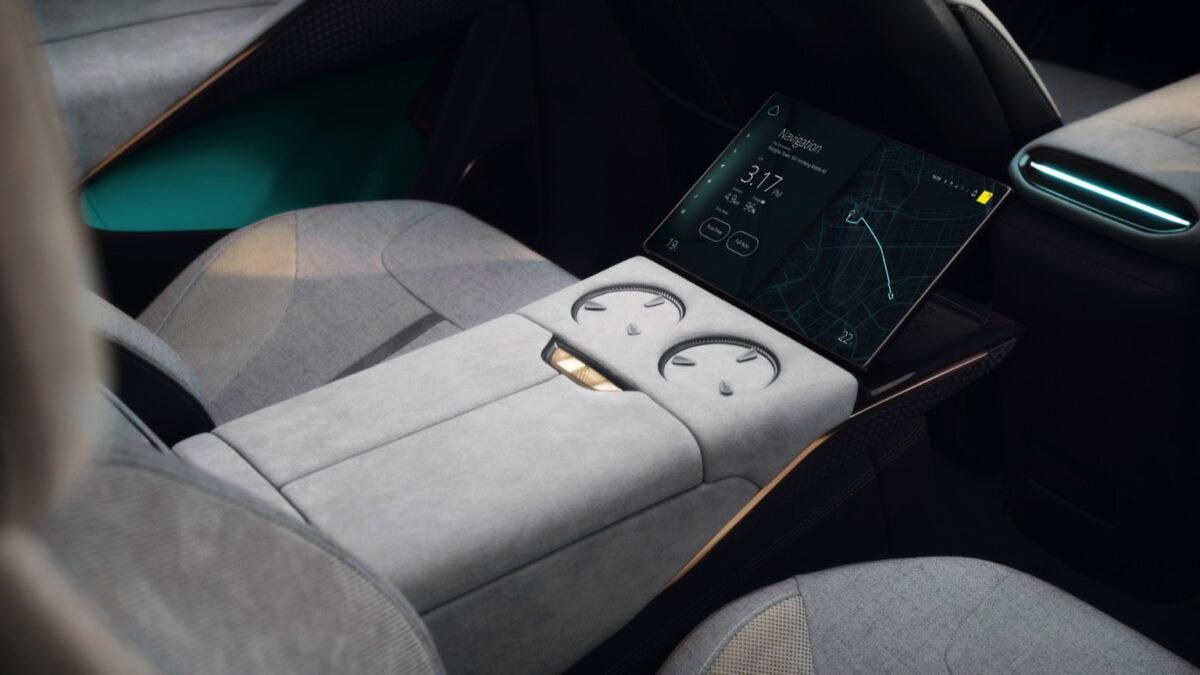
Cargo Capacity
It comes as no surprise that the Eletre has the biggest boot of any Lotus, with 688 litres of space. A useful secondary storage area for cables is accessed by lifting the edge of the boot floor, while a 46-liter frunk is big enough for cable storage for those who prefer to keep them up front. The boot space can be extended to 1,523 litres by folding the rear seat backs if you opt for the three-seater bench layout.
Another neat touch is a lowering system that takes full advantage of the Eletre’s air suspension. Press a button on the side of the boot lining and the rear of the car will sink down 75mm to create a lower load lip. It’s a slick system and further proof that Lotus has really considered the needs of its potential owners.
Conclusion
The Eletre is a very polished car, with a refined driving experience that is unmistakably Lotus. The clever technology works seamlessly in the background to deliver the performance and handling that Lotus fans have come to expect. While some traditionalists may bemoan the Eletre’s departure from Lotus’s traditional sports car roots, the reality is that SUVs are big business and can provide the brand with the resources it needs to develop other models. The future looks bright for Lotus.
